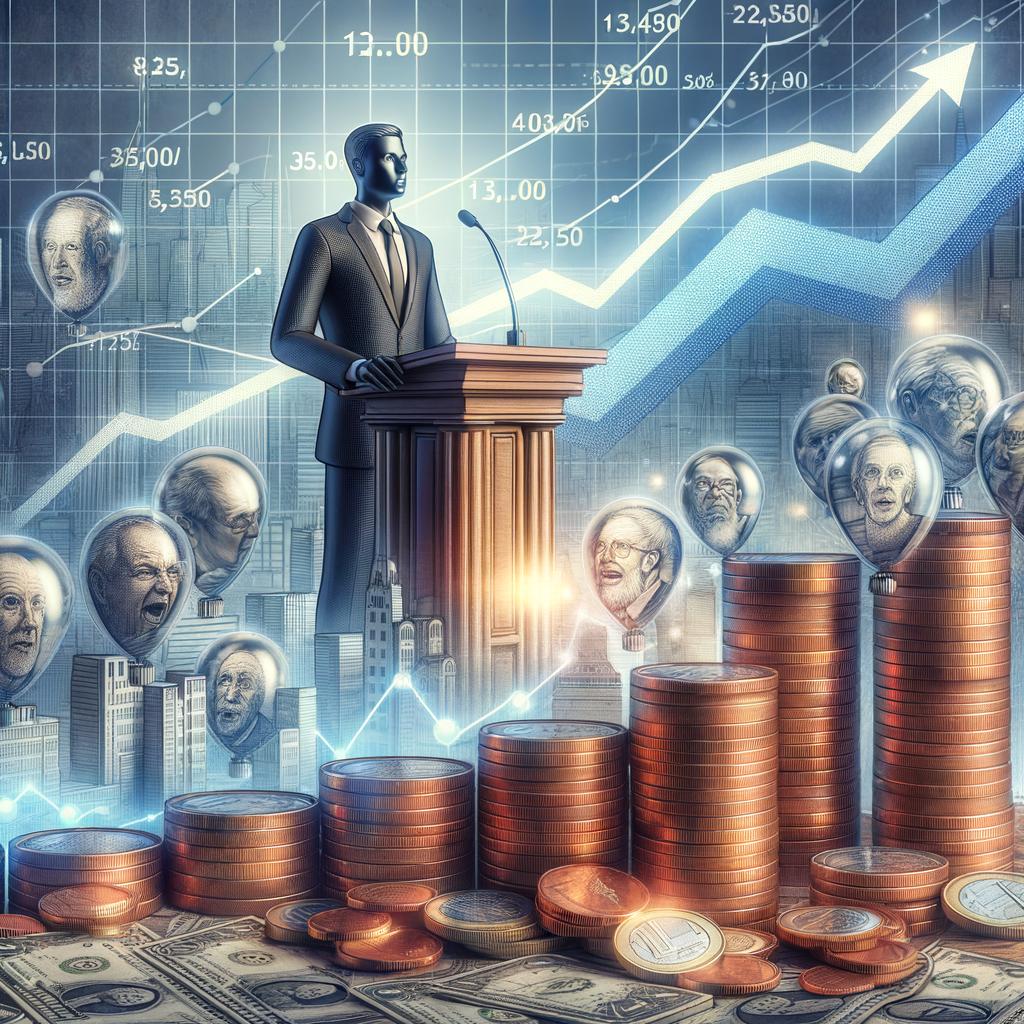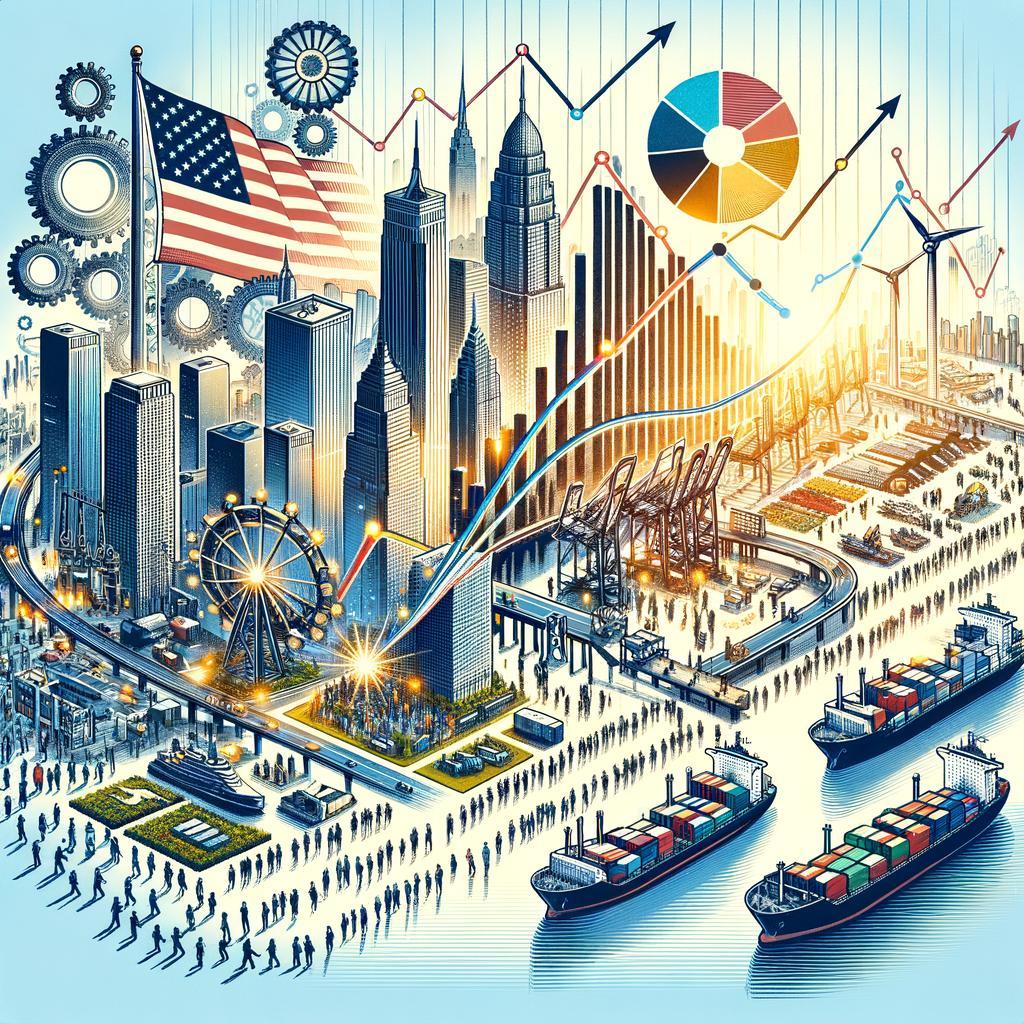Introduction
As inflation continues to grip economies around the globe, the conversation surrounding the factors driving this crisis has never been more urgent. Economists, policymakers, and everyday citizens alike are grappling with the ramifications of rising prices, shrinking purchasing power, and the uncertainty that accompanies it. At the heart of this dilemma lies a complex web of economic policies—some well-intentioned, others misguided—that have collectively stoked the flames of inflation. This article delves into the intricate relationship between these policies and the inflationary pressures we are currently experiencing, providing a clear and comprehensive analysis of how government decisions and fiscal strategies contribute to the crisis. By unpacking these economic mechanisms, we aim to shed light on the pressing need for informed policy adjustments that prioritize stability and sustainability. Understanding these dynamics is not just an academic exercise; it is essential for citizens and decision-makers alike to navigate the turbulent economic landscape ahead. Join us as we break down the policies fueling the inflation crisis and explore potential paths toward recovery and resilience.
The intricate interplay between monetary policy and inflation cannot be overstated, as central banks play a pivotal role in determining the economic landscape. When interest rates are manipulated, the availability of capital shifts, affecting both consumer spending and business investment. Low interest rates have historically stimulated economic growth, yet they risk overheating the economy, resulting in spiraling inflation. Conversely, high interest rates can dampen economic activity, potentially leading to stagnation. Striking an appropriate balance is crucial; otherwise, we may face consequences like reduced purchasing power and increased cost of living, which would further strain household budgets.
In the wake of rising inflation, strategic measures to combat these trends become imperative for ensuring economic stability and security. Policymakers can adopt a range of approaches, including:
- Gradual Interest Rate Hikes: Ensuring that the rise in rates is manageable, allowing consumers and businesses to adjust without severe disruption.
- Supply-Side Reforms: Addressing bottlenecks in production and logistics to boost supply and counteract rising prices.
- Fiscal Responsibility: Avoiding excessive government spending can help reinforce confidence in the economy, stabilizing inflation rates.
| Measure | Potential Impact |
|---|---|
| Gradual Interest Rate Hikes | Moderate inflation, stabilize economy |
| Supply-Side Reforms | Increased supply, lower prices |
| Fiscal Responsibility | Boost confidence, stabilize currency |
By implementing these strategies thoughtfully, we can not only mitigate the impact of inflation but also foster an environment that supports sustainable economic growth. It’s essential for decision-makers to remain vigilant and proactive, deploying a mix of monetary policy tools and fiscal strategies to pave the way for a resilient economy that can withstand future shocks.
To Wrap It Up
the current inflation crisis has become a pressing issue that cannot be overlooked. As we have explored throughout this article, the economic policies implemented by both governmental bodies and financial institutions play a significant role in shaping the inflationary landscape. Understanding the intricate relationship between policy decisions and inflation is crucial for consumers, businesses, and policymakers alike.
It is imperative for us to advocate for sound economic strategies that prioritize stability and growth, ensuring that we don’t inadvertently fuel further inflation. As inflation impacts everything from everyday purchases to long-term investments, staying informed and engaged is more important than ever. By holding our leaders accountable and urging for thoughtful policy reform, we can work towards a balanced economic future that benefits all.
We encourage you to share this information with others and foster discussions on how we can collectively navigate this challenging environment. Together, we can be the driving force for change, advocating for economic policies that promote sustainability and equity in our financial systems. Stay vigilant, stay informed, and let’s work towards a more stable economic future.




